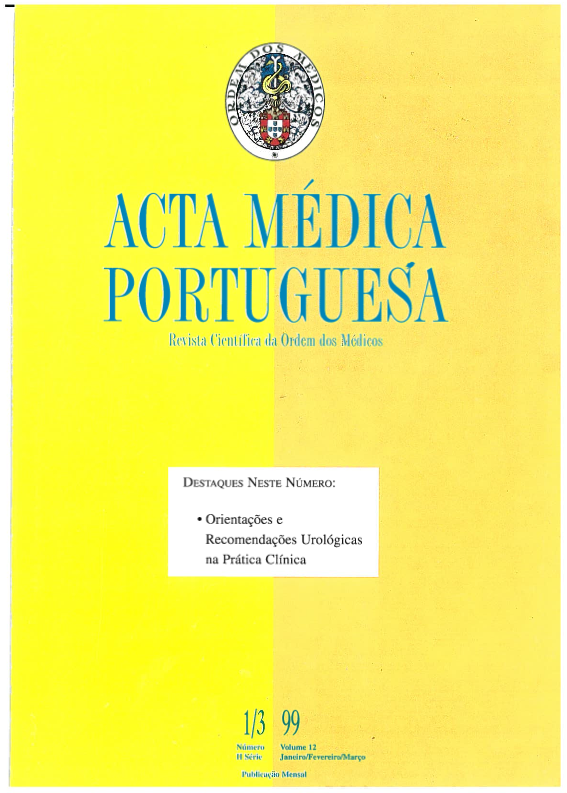Cryptorchidism. The clinical implications.
DOI:
https://doi.org/10.20344/amp.2112Abstract
This paper briefly reviews the literature on testicular descent and management implications for cryptorchidism. At present, we believe that descent of the testes in humans is a complex event mediated by both hormonal and mechanical factors. There is now good evidence that testicular descent occurs in two morphologic and hormonally distinct phases. Relative "transabdominal migration", which occurs in the 8th and 15th week of gestation, and "inguinoscrotal" migration, which occurs in the 28th and 35th week of gestation. The first phase is controlled by the Mullerian inhibiting factor (MIF), although this remains controversial. The second phase is androgen--dependent and mediated through the release nerve of the neuropeptide calcitonin gene-related peptide from the genitofemoral. Cryptorchidism can therefore result when any one or more of the involved factors malfunction. The therapeutic use of hCG has, however, been disappointing, and its role is confined to helping to distinguish the undescended testis. The demonstration of the pathological changes after one year of age has recently dictated much earlier surgical correction, but long-term follow-up is needed to prove the clinical benefit of this practice.Downloads
Downloads
How to Cite
Issue
Section
License
All the articles published in the AMP are open access and comply with the requirements of funding agencies or academic institutions. The AMP is governed by the terms of the Creative Commons ‘Attribution – Non-Commercial Use - (CC-BY-NC)’ license, regarding the use by third parties.
It is the author’s responsibility to obtain approval for the reproduction of figures, tables, etc. from other publications.
Upon acceptance of an article for publication, the authors will be asked to complete the ICMJE “Copyright Liability and Copyright Sharing Statement “(http://www.actamedicaportuguesa.com/info/AMP-NormasPublicacao.pdf) and the “Declaration of Potential Conflicts of Interest” (http:// www.icmje.org/conflicts-of-interest). An e-mail will be sent to the corresponding author to acknowledge receipt of the manuscript.
After publication, the authors are authorised to make their articles available in repositories of their institutions of origin, as long as they always mention where they were published and according to the Creative Commons license.









